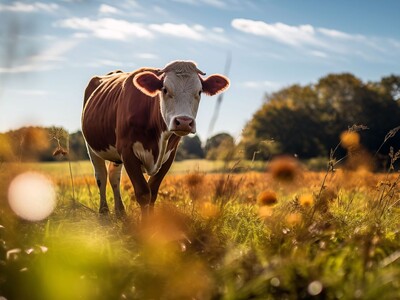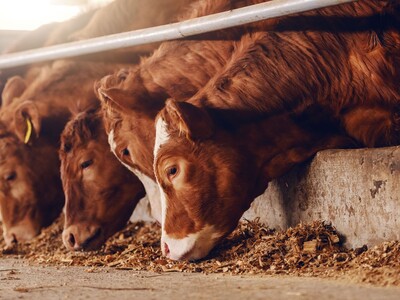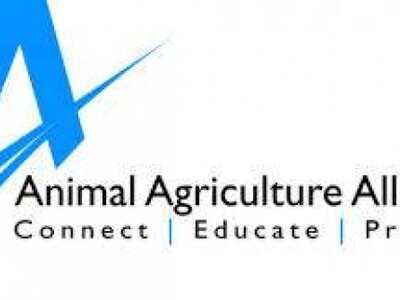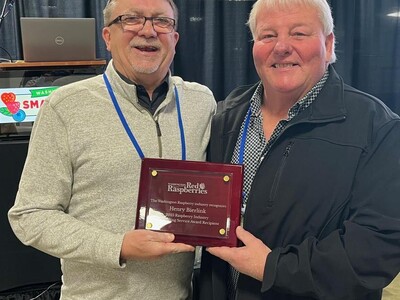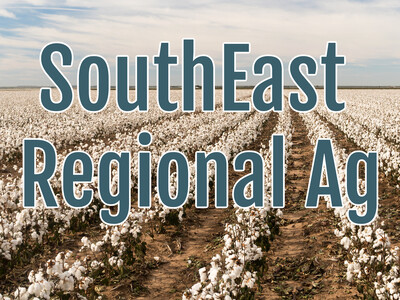On the Lookout for the Longhorn
On the Lookout for the Longhorn. I’m Greg Martin with today’s Line On Agriculture.
An outdoor classroom of sorts is being used this month to train trappers in Oregon looking for a devastating wood-boring beetle. If Asian longhorned beetles are residing in the state, the Oregon Department of Agriculture would like to find them. But first, ODA trappers need to know what to look for, says entomologist Helmuth Rogg.
ROGG: Unfortunately for these beetles, there aren’t any traps that we can put out like our famous gypsy moth traps. So we have to go out physically and look at holes at trees.
Survey technicians– another name for the trappers– are using an outdoor simulation course to become experts in spotting the trail of the tree-killing beetle. The exotic pest has not been found in Oregon yet, but officials want to be ready. That’s why they have artificially drilled small, dime-sized holes in selected trees on private property– the same kind that the beetle would be producing– and having the trappers try to find them.
ROGG: It’s going to be a very interesting experience. I think it will train our trappers eyes to see that better than just looking at a brochure.
The actual survey will take place well into November with as many as 3-thousand trees examined in high risk sites associated with port activities. It’s those areas where the hitchhiking Asian longhorned beetle would be more likely to turn up in Oregon. Rogg says after the trappers are trained on the simulation course, the real survey work begins.
ROGG: October, November we will do the actual survey. We are going to go out and look at least at 3-thousand or more trees in these high-risk sites that are associated with import.
Rogg is hopeful that the training course and all the artificial holes drilled into the trees make it easier to find Asian longhorned beetles should they show up in Oregon.
ROGG: I think you get a better connection to the damage and you get your eye trained better than looking at an abstract thing like a picture.
That’s today’s Line On Agriculture. I’m Greg Martin on the Ag Information Network.




